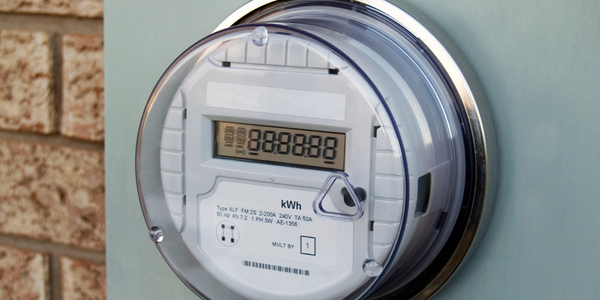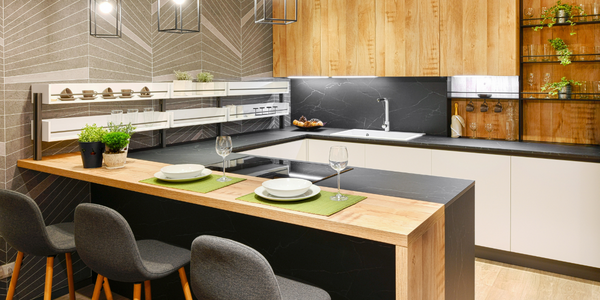Applicable Industries
- Consumer Goods
- Electrical Grids
Applicable Functions
- Sales & Marketing
Use Cases
- Experimentation Automation
Services
- Testing & Certification
About The Customer
The customer in this case study is Volkswagen (VW), a renowned German automaker known for its innovative and high-quality vehicles. VW was launching Amarok, their first pick-up truck, designed with a smaller, more intelligent engine. The target audience for Amarok was a macho demographic that values power and brute force in their vehicles. VW needed a unique and compelling advertising strategy that would not only demonstrate the power and efficiency of Amarok's engine but also resonate with their target audience and create a buzz around the product.
The Challenge
Amarok, Volkswagen's first pick-up truck, was designed to deliver 2.5 litres of power from a 2-litre engine. The challenge was to market this smaller, more intelligent engine to a target audience that values brute force and larger engines. The traditional method of explaining the power of an intelligently designed engine was not going to be sufficient to convince this macho audience. The company needed a unique and compelling way to demonstrate the power and efficiency of the Amarok's engine, in a manner that would resonate with their target audience and create a buzz around the product. The goal was not just to sell the product, but to create social currency amongst consumers and provide instant power credentials for the vehicle.
The Solution
Amarok decided to prove the power of their intelligently designed engine through an extraordinary experiment. They constructed a 67ft steel tower weighing 150 tonnes and used four unmodified Amaroks, demolition experts, and strong ropes to pull it down. This dramatic demonstration linked knowledge with power in a way that resonated with their target audience. The experiment was filmed and shared on social media platforms, generating significant coverage and views. It formed the substance of an integrated campaign, creating news and content to amplify the key claim of the launch advertising. The experiment generated 97 pieces of coverage and over 250,000 video views on YouTube, entering the top 10 most viewed videos on their launch day.
Operational Impact
Quantitative Benefit

Case Study missing?
Start adding your own!
Register with your work email and create a new case study profile for your business.
Related Case Studies.
.png)
Case Study
Improving Vending Machine Profitability with the Internet of Things (IoT)
The vending industry is undergoing a sea change, taking advantage of new technologies to go beyond just delivering snacks to creating a new retail location. Intelligent vending machines can be found in many public locations as well as company facilities, selling different types of goods and services, including even computer accessories, gold bars, tickets, and office supplies. With increasing sophistication, they may also provide time- and location-based data pertaining to sales, inventory, and customer preferences. But at the end of the day, vending machine operators know greater profitability is driven by higher sales and lower operating costs.

Case Study
Hydro One Leads the Way In Smart Meter Development
In 2010, Ontario’s energy board mandated that time-of-use (TOU) pricing for consumers be available for all consumers on a regulated price plan. To meet this requirement, Hydro One needed to quickly deploy a smart meter and intelligent communications network solution to meet the provincial government’s requirement at a low cost. The network needed to cover Hydro One’s expansive service territory, which has a land mass twice the size of Texas, and its customers live in a mix of urban, rural, and remote areas, some places only accessible by air, rail, boat or snowmobile. Most importantly, the network needed to enable future enterprise-wide business efficiencies, modernization of distribution infrastructure and enhanced customer service. To meet these needs, Hydro One conceptualized an end-to-end solution leveraging open standards and Internet Protocols (IP) at all communication levels. The utility drew upon industry leaders like Trilliant to realize this vision.

Case Study
Selling more with Whirlpool
Whirlpool wanted to add connectivity to appliances and transform the company's relationship with customers. Traditionally, Whirlpool interaction with customers was limited to purchases made once every ten years. Connected washer and dryers provide exciting new features like remote management of start times and inter-machine communication.

Case Study
Series Production with Lot-size-1 Flexibility
Nobilia manufactures customized fitted kitchens with a lot size of 1. They require maximum transparency of tracking design data and individual processing steps so that they can locate a particular piece of kitchen furniture in the sequence of processes.









